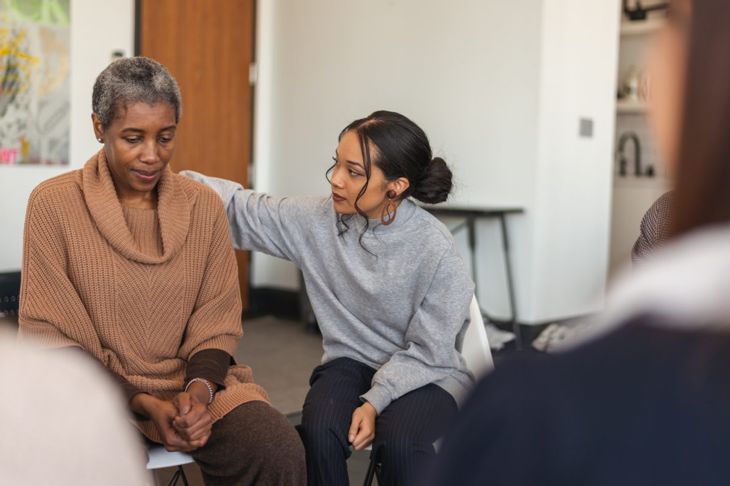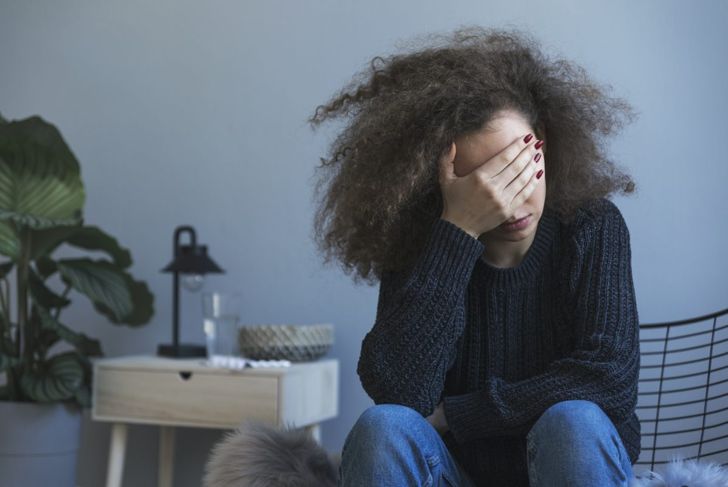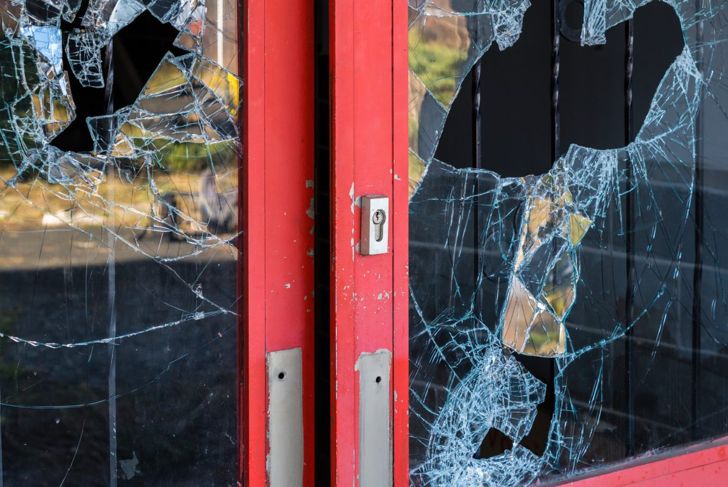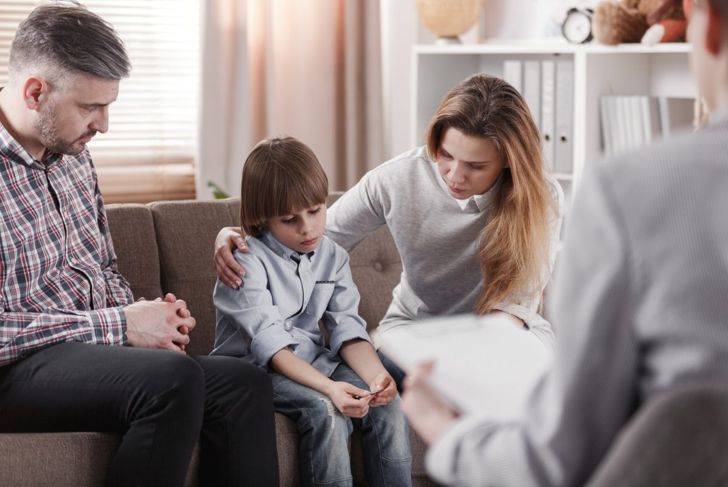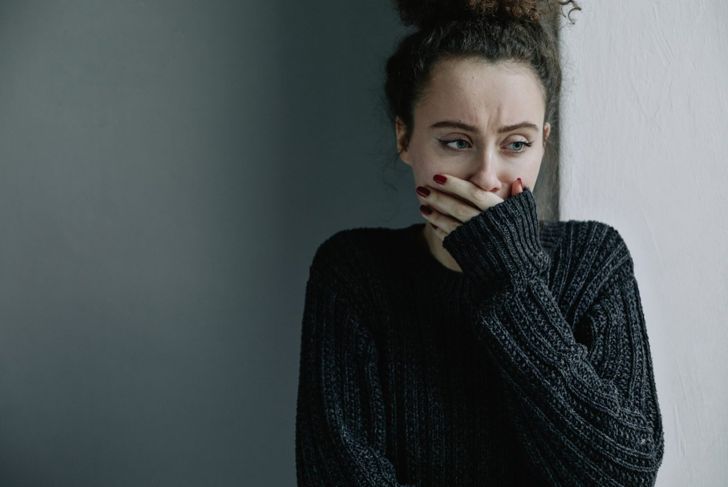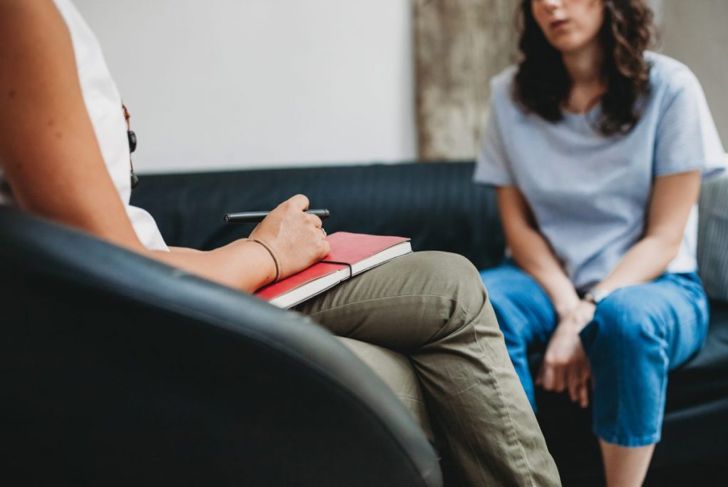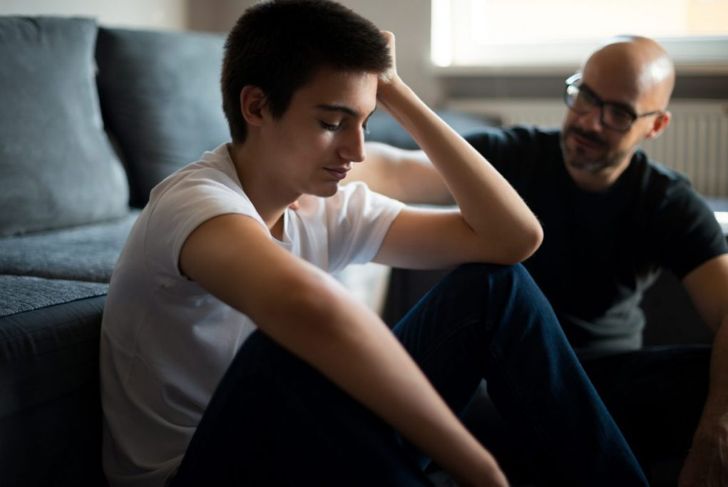Domatophobia is the fear of a home environment or a person’s home. In some contexts, domatophobia refers to a broader definition of “home,” such as one’s country. Some groups also refer to domatophobia as oikophobia, though this term has other connotations. Clinically, domatophobia is a specific phobia.
Specific Phobias
Health experts rarely refer to a phobia by its direct name. Because most phobias elicit the same reactions and require similar treatments, professionals instead categorize phobias by their source. Domatophobia is a fear of a home environment. This makes it a specific phobia, which is an unreasonable or excessive fear of a specific object or situation.
Definition Variations
Domatophobia is sometimes known as oikophobia or ecophobia among non-professionals. The general description of these terms is an aversion to a home environment or a phobia of a home. However, in psychiatric groups, domatophobia refers to a fear of the house itself and not the objects within it. These varying definitions are another reason why experts prefer to use the term “specific phobia” to describe the condition.
Causes: Distressing Events
Some people develop phobias like domatophobia after a distressing or traumatic event that is relevant to the fear. People with domatophobia may develop it after a home invasion or similar event that makes a home feel unsafe. In cases where the domatophobia is the fear of the house itself, a triggering event could be part of the house collapsing.
Causes: Genetics and Environment
As a specific phobia, there is a significant amount of debate surrounding the origin of domatophobia. Experts believe that there is a potential link between the phobia and anxiety parents experience, and their children’s specific phobias. This may be due to genetics or learned behaviors. If parents repeatedly show anxiety or fear about houses, a child may learn and adopt that fear.
Symptoms
Specific phobias are likely to elicit a few signature reactions. For domatophobia, these occur while thinking about or in the presence of a house. They include
- Intense fear, anxiety, or panic
- Awareness that the fear is unnecessary
- Worsening fear or anxiety while in close proximity to the house
- Avoiding the area or situation
- Difficulty functioning
- Sweating, rapid heartbeat, difficulty breathing
- Nausea, dizziness, or fainting
Diagnostic Criteria
Experts diagnose specific phobias like domatophobia according to criteria in the DSM-5. To receive a diagnosis for a specific phobia, a person must meet several of these specifications:
- A persistent fear that is unreasonable or excessive, occurring from the presence of or anticipation of a specific object or situation
- Exposure to the situation almost always leads to an immediate fear or anxiety response
- The person recognizes the fear is excessive
- The person avoids the situation or endures it with intense stress
- Avoiding the situation has a direct and negative impact on the person’s quality of life
- The fear is persistent
- Another mental disorder is not a better diagnosis for the symptoms
Psychological Treatment
Many people find relief from their domatophobia by speaking with a mental health professional. Cognitive behavior therapy (CBT) and exposure therapy are the most effective treatments. Because of this, counselors will often combine the two. CBT focuses on teaching coping mechanisms to handle situations causing anxiety or fear. Exposure therapy helps reduce the reaction by exposing an individual to their phobia in a safe manner.
Medications
In some cases, a person may need to take medications to help them overcome their phobia. Doctors may prescribe drugs to reduce anxiety or panic during the early stages of psychotherapy. They sometimes prescribe medications for short-term use in specific situations. Sedatives and beta-blockers are the most common medications.
Prognosis
With treatment, most people learn to manage their phobias and lead healthy lives. Some individuals adopt lifestyle changes to adjust to their phobia, such as practicing mindfulness strategies or using physical activity to manage anxiety. Others choose to surround themselves with a strong support structure of friends and family that they can rely on when their phobia becomes difficult to handle alone.
Helping People with Domatophobia
It is important to openly talk about fears with people who have domatophobia. While their fear may seem unreasonable or excessive, it is very real to them. Discussing it openly without reinforcing the phobia allows a person to steadily overcome it. For children with domatophobia, modeling behavior that shows there is nothing to be afraid of can help significantly.

 Home
Home Health
Health Diet & Nutrition
Diet & Nutrition Living Well
Living Well More
More